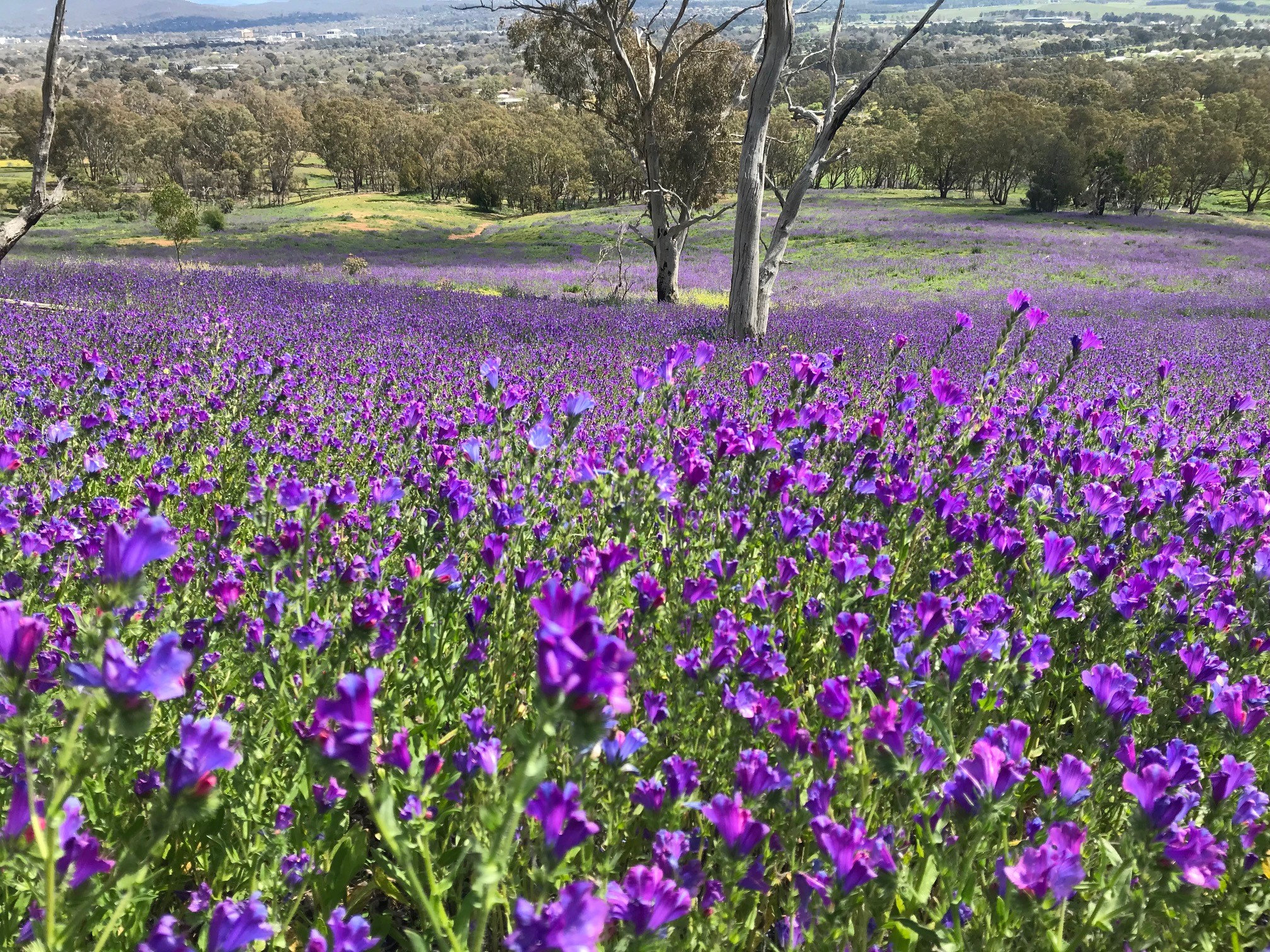
Update: ABARES pest animal and weed survey series
Every three years, the Australian Bureau of Agricultural and Resource Economics and Sciences conducts the pest animal and weed management survey.
The 2022 survey (and the previous surveys conducted in 2016 and 2019) sought information from agricultural land managers about the types of impacts caused by pest animals and weeds, the cost of management, and the types and effectiveness of management control actions. In addition, the survey seeks views on preferred sources of information on pest and weed management and participation in local support networks.
The 2022 survey attracted 5,200 respondents and will provide data and information to assist the department and other stakeholders to further understand pest and weed impacts and inform future priorities to support land managers nationally. Survey results will be published later in 2023.
Previous surveys have highlighted a number of findings, including:
- Twenty per cent of agricultural land managers reported that they were experiencing or had experienced a considerable feral animal problem on their property. Feral animals have contributed to crop damage, decreases in livestock production and damage to infrastructure, while freshwater pests impacted water sources.
- Twenty five percent of land managers reported major weed problems on their properties in the 2016 survey, but this dropped to 12 per cent in the 2019 survey. Similarly, reports of weed impacts on agricultural properties were down in 2019 across all impact types, likely due to reduced overall vegetation growth (including weeds) from severe, prolonged drought conditions across much of the country in 2019.
- In 2019, 74 per cent of land managers indicated they were actively managing a pest animal on their property in the last 12 months, down slightly from 76 per cent in 2016. In both surveys, the most important action that land managers thought could improve pest animal and weed management was having new or improved control methods or tools. This included biological control tools if they become available in the future.
Previous survey results are available at https://www.agriculture.gov.au/abares/research-topics/social-sciences/p…
